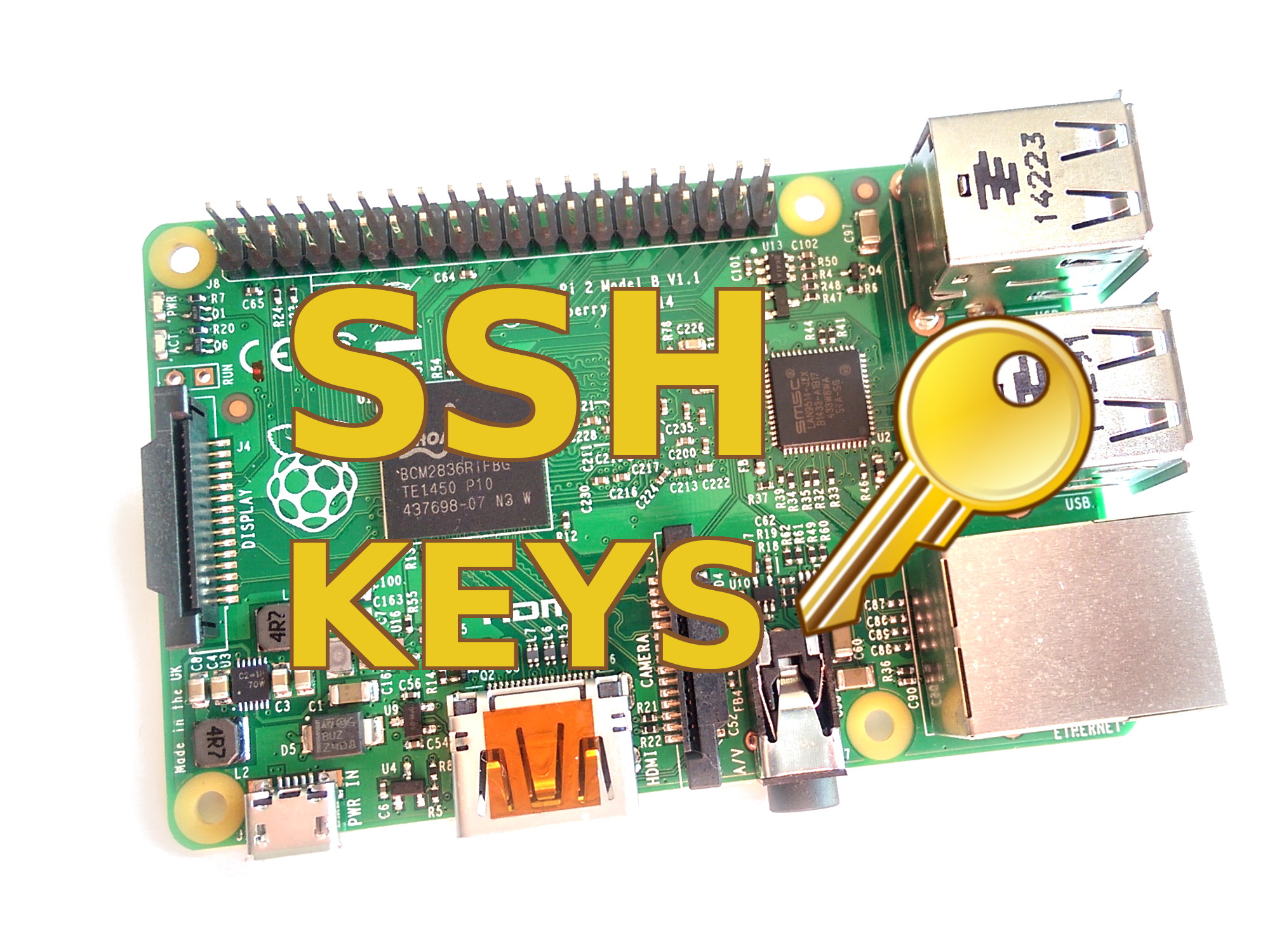Mastering RemoteIoT VPC SSH On Raspberry Pi For Free: The Ultimate Guide
In today's digital age, remote access to devices has become more important than ever, and mastering RemoteIoT VPC SSH on Raspberry Pi for free can revolutionize the way you manage your IoT projects. Whether you're a hobbyist, developer, or professional, understanding how to set up a secure and efficient remote connection is essential. In this comprehensive guide, we will walk you through everything you need to know about configuring and managing a Virtual Private Cloud (VPC) with SSH on your Raspberry Pi.
RemoteIoT VPC SSH on Raspberry Pi opens up a world of possibilities, from automating home systems to monitoring remote sensors. This setup allows users to securely connect to their devices from anywhere in the world without incurring hefty costs. By following this guide, you'll gain the expertise to create a robust, cost-effective solution for your IoT projects.
Whether you're a beginner or an experienced user, this article is designed to provide step-by-step instructions, expert tips, and practical advice to help you achieve a seamless remote IoT setup. Let's dive in and explore how you can harness the power of Raspberry Pi for your remote IoT needs.
Read also:Barun Actor The Rising Star In Bollywoods Firmament
Table of Contents
- Introduction to RemoteIoT VPC SSH
- Understanding Raspberry Pi
- What is VPC SSH?
- Setting Up Your Raspberry Pi
- Configuring VPC on Raspberry Pi
- Establishing SSH Connection
- Securing Your RemoteIoT VPC SSH
- Troubleshooting Common Issues
- Applications of RemoteIoT VPC SSH
- Conclusion and Next Steps
Introduction to RemoteIoT VPC SSH
RemoteIoT VPC SSH is a powerful combination of technologies that enables secure, remote access to IoT devices. This setup leverages the capabilities of Raspberry Pi, Virtual Private Cloud (VPC), and SSH (Secure Shell) to create a robust infrastructure for managing IoT projects.
In this section, we will explore the foundational concepts behind RemoteIoT VPC SSH. Understanding these concepts is crucial for setting up a successful and secure remote IoT environment. By the end of this section, you'll have a clear understanding of the benefits and potential applications of this technology.
Understanding Raspberry Pi
Raspberry Pi: The Heart of IoT Projects
Raspberry Pi is a compact, affordable computer that has become the go-to device for IoT enthusiasts and professionals alike. Its versatility, low power consumption, and extensive community support make it an ideal choice for remote IoT projects.
- Compact and lightweight design
- Supports a wide range of operating systems
- Compatible with numerous sensors and peripherals
- Cost-effective solution for IoT applications
With its powerful capabilities, Raspberry Pi serves as the foundation for building secure and scalable IoT solutions.
What is VPC SSH?
Defining VPC and SSH
VPC (Virtual Private Cloud) is a cloud-based infrastructure that provides a secure and isolated environment for hosting applications and services. SSH (Secure Shell), on the other hand, is a cryptographic network protocol that facilitates secure communication between devices over an unsecured network.
Read also:Tina Majorino Age Discovering The Life And Career Of This Talented Actress
When combined, RemoteIoT VPC SSH creates a secure tunnel for accessing IoT devices remotely. This setup ensures that sensitive data is protected from unauthorized access while enabling seamless connectivity.
Setting Up Your Raspberry Pi
Preparing Your Raspberry Pi for RemoteIoT
Before diving into the configuration process, it's essential to set up your Raspberry Pi properly. Follow these steps to ensure your device is ready for RemoteIoT VPC SSH:
- Install the latest version of Raspberry Pi OS on your device.
- Connect your Raspberry Pi to a stable internet connection.
- Update the system using the following commands:
- sudo apt update
- sudo apt upgrade
- Enable SSH by running the command: sudo raspi-config
With these steps completed, your Raspberry Pi is now ready for the next phase of setup.
Configuring VPC on Raspberry Pi
Creating a Secure VPC Environment
Configuring VPC on your Raspberry Pi involves setting up a virtual private network that isolates your IoT devices from the public internet. Follow these steps to configure VPC:
- Create a VPC instance on a cloud provider such as AWS or Google Cloud.
- Assign a private IP address to your Raspberry Pi within the VPC subnet.
- Set up security groups to control inbound and outbound traffic.
- Test the VPC connection by pinging your Raspberry Pi from another device within the network.
By creating a secure VPC environment, you ensure that your IoT devices are protected from external threats.
Establishing SSH Connection
Connecting to Your Raspberry Pi via SSH
Once your VPC is configured, the next step is to establish an SSH connection to your Raspberry Pi. Follow these steps to connect securely:
- Install an SSH client on your local machine (e.g., PuTTY for Windows or Terminal for macOS/Linux).
- Use the following command to connect to your Raspberry Pi: ssh pi@
- Enter the password when prompted to gain access to the device.
With SSH configured, you can now remotely manage your Raspberry Pi from anywhere in the world.
Securing Your RemoteIoT VPC SSH
Best Practices for Secure Remote Access
Security is paramount when setting up a remote IoT environment. Follow these best practices to ensure your RemoteIoT VPC SSH setup is secure:
- Use strong, unique passwords for your Raspberry Pi and cloud accounts.
- Enable two-factor authentication (2FA) for added security.
- Regularly update your Raspberry Pi OS and software to patch vulnerabilities.
- Monitor network activity for suspicious behavior.
By implementing these security measures, you can safeguard your IoT devices from potential threats.
Troubleshooting Common Issues
Solving Problems with RemoteIoT VPC SSH
Even with careful setup, issues can arise when configuring RemoteIoT VPC SSH. Here are some common problems and their solutions:
- Connection Refused: Ensure that SSH is enabled and the correct IP address is used.
- Authentication Failed: Double-check your password and confirm that 2FA is configured correctly.
- Network Unreachable: Verify that your Raspberry Pi is connected to the internet and the VPC is properly configured.
By addressing these issues promptly, you can maintain a reliable remote IoT setup.
Applications of RemoteIoT VPC SSH
Real-World Use Cases for RemoteIoT
RemoteIoT VPC SSH has a wide range of applications across various industries. Some of the most common use cases include:
- Home automation systems
- Remote sensor monitoring
- Industrial IoT solutions
- Smart agriculture projects
By leveraging RemoteIoT VPC SSH, businesses and individuals can optimize their IoT projects for efficiency and scalability.
Conclusion and Next Steps
In conclusion, mastering RemoteIoT VPC SSH on Raspberry Pi for free is a valuable skill for anyone involved in IoT projects. By following the steps outlined in this guide, you can create a secure and efficient remote IoT setup that meets your needs.
We encourage you to take action by trying out the techniques discussed in this article. Leave a comment below to share your experiences or ask questions. Don't forget to explore our other articles for more insights into IoT and technology.
Remember, staying informed and proactive is key to success in the rapidly evolving world of IoT. Happy tinkering!

